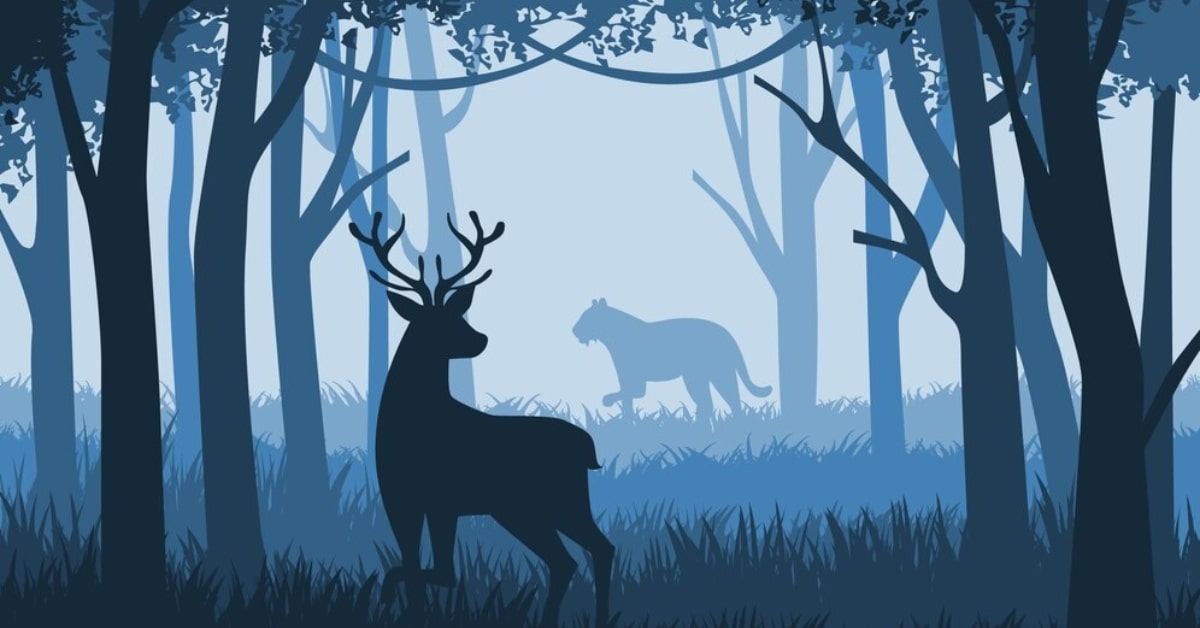In the intricate world of digital graphics design, the choice between vector and raster images plays a pivotal role in determining the quality, scalability, and adaptability of visual elements. Understanding the advantages of vector images over raster images is crucial for designers and creators striving for optimal graphic representation. This article explores the distinctive benefits that vector images offer in comparison to raster images, shedding light on why vector graphics are favored in various design applications.
Advantages of Vector Images over Raster Images
- Scalability without Quality Loss:
- Vector images are resolution-independent, allowing them to be scaled to any size without a loss of quality.
- Raster images, composed of pixels, can become pixelated and lose clarity when enlarged.
- Editing Flexibility and Precision:
- Vector graphics are defined by mathematical equations, enabling precise editing of individual elements, lines, and shapes.
- Raster images, being pixel-based, can be challenging to edit precisely without affecting surrounding pixels.
- Small File Sizes:
- Vector files are generally smaller in size compared to raster files, as they store mathematical instructions rather than individual pixel information.
- This makes vector images more suitable for web use, reducing loading times and improving website performance.
- Versatility Across Platforms:
- Vector images are compatible with various design software and platforms, ensuring versatility in different workflows.
- Raster images may require specific software or adjustments for compatibility.
- Ideal for Logo and Icon Design:
- Vector graphics are preferred for logo and icon design due to their scalability and adaptability across different applications and media.
- Raster images might lose quality when resized, impacting their effectiveness in small or large applications.
- Clean and Crisp Output:
- Vector images produce clean and crisp lines, making them ideal for high-quality prints, illustrations, and designs.
- Raster images, especially when enlarged, may exhibit jagged edges or pixelation.
- Efficient Storage and Printing:
- Vector files are efficient for storage and printing, as they maintain clarity and quality regardless of the output size.
- Raster files may require higher resolutions for quality printing, resulting in larger file sizes.
Conclusion
Understanding the advantages of vector images over raster images is pivotal for making informed decisions in graphic design. The scalability, precision, and versatility offered by vector graphics make them a preferred choice for various applications. By recognizing these benefits, designers, and creators can harness the full potential of vector images to achieve impactful and high-quality visual communication.
FAQs
Can vector images be used for detailed and intricate designs?
Yes, vector images are suitable for detailed and intricate designs, providing precise control over individual elements.
Are vector images always preferable, or are there scenarios where raster images are more suitable?
While vector images offer numerous advantages, there are scenarios, such as detailed photographs, where raster images may be more suitable.
Do vector images require special software for editing?
Vector images are compatible with various design software like Adobe Illustrator, Inkscape, or CorelDRAW, making them accessible for editing.
Can raster images be converted to vectors for better scalability and editing flexibility?
Yes, raster images can be converted to vectors through a process known as raster to vector conversion, enhancing their scalability and editability.
This page was last edited on 27 February 2024, at 11:34 am
